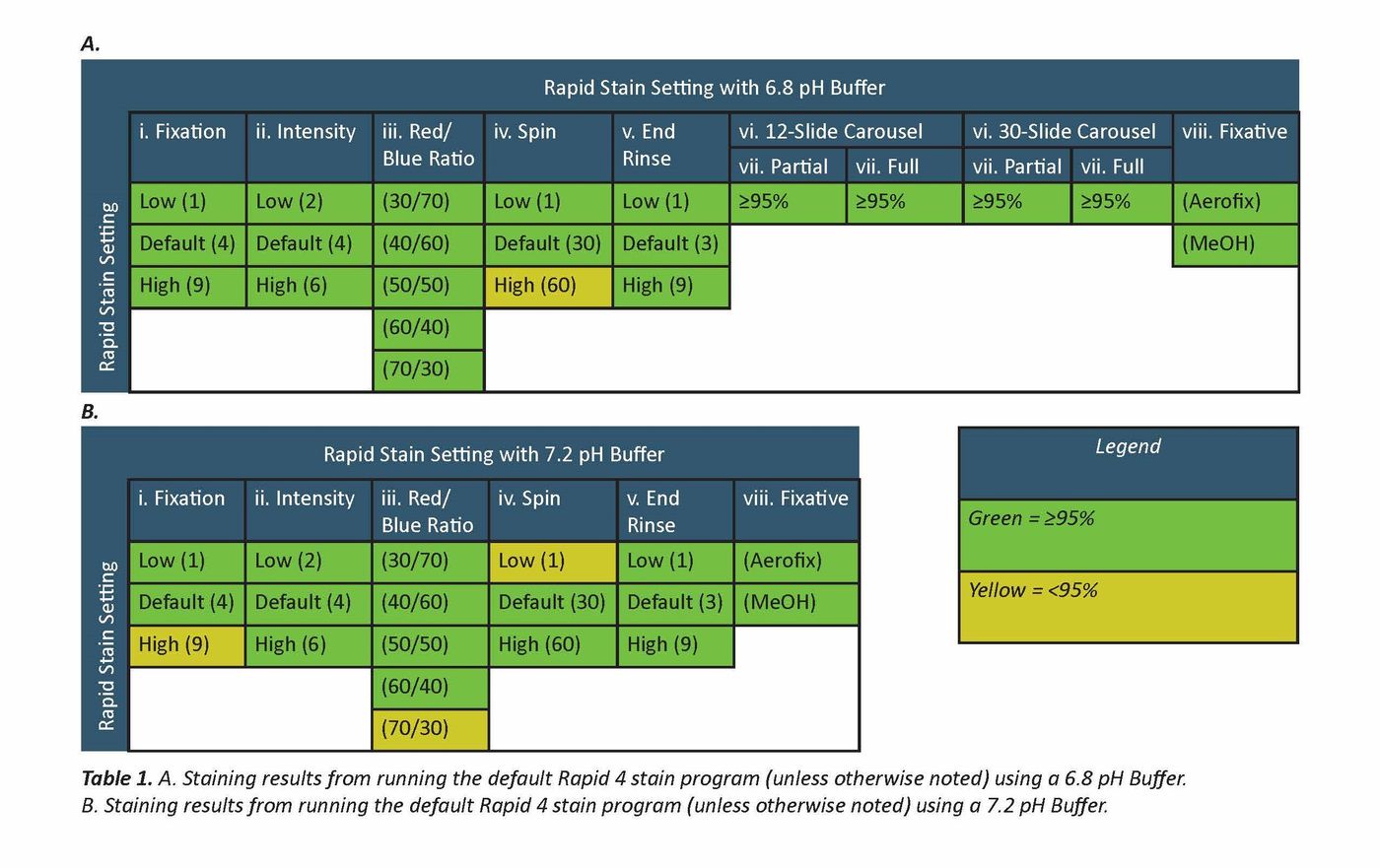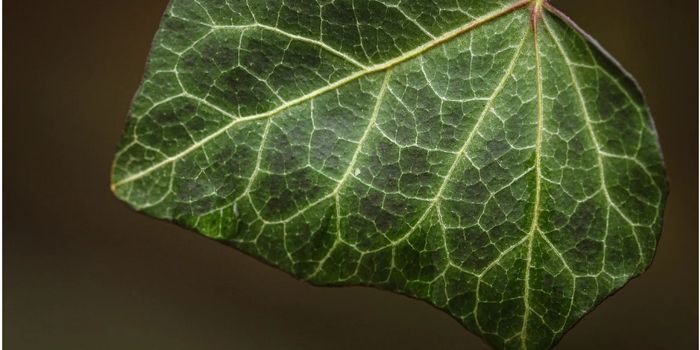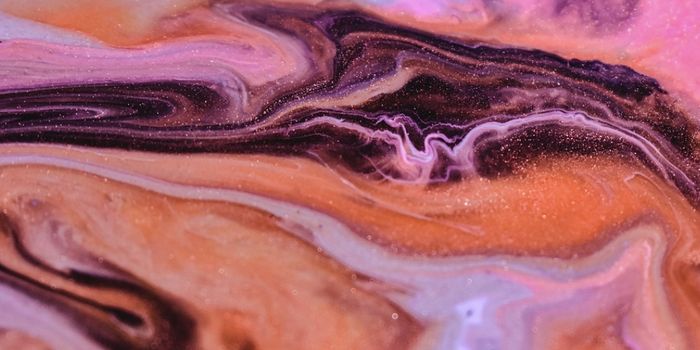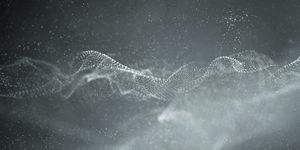Standardizing the Hematology Stain Workflow with Aerospray® and CellaVision®
Abraham Verdoes, MS | Bioengineering Manager
Ryan Cowley, PhD Candidate | Biomedical Research Engineer
Andrew Reeve, MS | Research Analyst
Introduction
Standardization and consistency for in-vitro diagnostics is of crucial importance, and the analysis and examination of blood samples is no exception. The Aerospray® Hematology Pro Slide Stainer/Cytocentrifuge provides the perfect solution for standardized and consistent staining. When coupled with the CellaVision® DM1200 the analysis and classification of the stained slides also becomes standardized and consistent which leads to a clean, efficient, and smooth workflow with excellent results – every time.
This review presents the best scenarios in which these two instruments complement each other when accounting for a variety of variables. The best scenarios are the ones in which an automated classification of white blood cells (WBCs) by the CellaVision DM 1200 is ≥95% accurate as verified by an experienced laboratory technician.
Objective
The objective of this investigation is to verify that WBCs present in prepared blood smear samples stained on the Aerospray Hematology Pro Slide Stainer/Cytocentrifuge are properly classified on the CellaVision DM1200 across a range of staining settings and options.
Benefits
- Outstanding cell classification results
- Variability options in stain settings
- Standardized and consistent workflow
- A clean, efficient, and smooth solution
Materials and Methods
- Aerospray® Hematology Pro Slide Stainer/Cytocentrifuge Model 7152
- Software Version: SWP0328-03B
- Stains Used:
- Aerospray® Hematology Pro Reagent A, Buffer (pH 6.8); REF SS-071A or Aerospray® Hematology Pro Reagent A, Buffer (pH 7.2); REF SS-072A
- Aerospray® Hematology Pro Reagent B, Thiazin Stain; REF SS-071B
- Aerospray® Hematology Pro Reagent C, Eosin Stain; REF SS-071C
- Aerospray® Hematology Reagent D, Aerofix Fixative; REF SS-048 or 99% Anhydrous Methanol
- Aerospray® Program Stain Settings Used:
- Rapid: (default Rapid 4 unless otherwise noted)
- Wright-Giemsa (WG): (default Wright-Giemsa 4 unless otherwise noted)
- CellaVision® DM1200
- CellaVision® DM Software (DM1200) Version: 7.0.1 Build 19
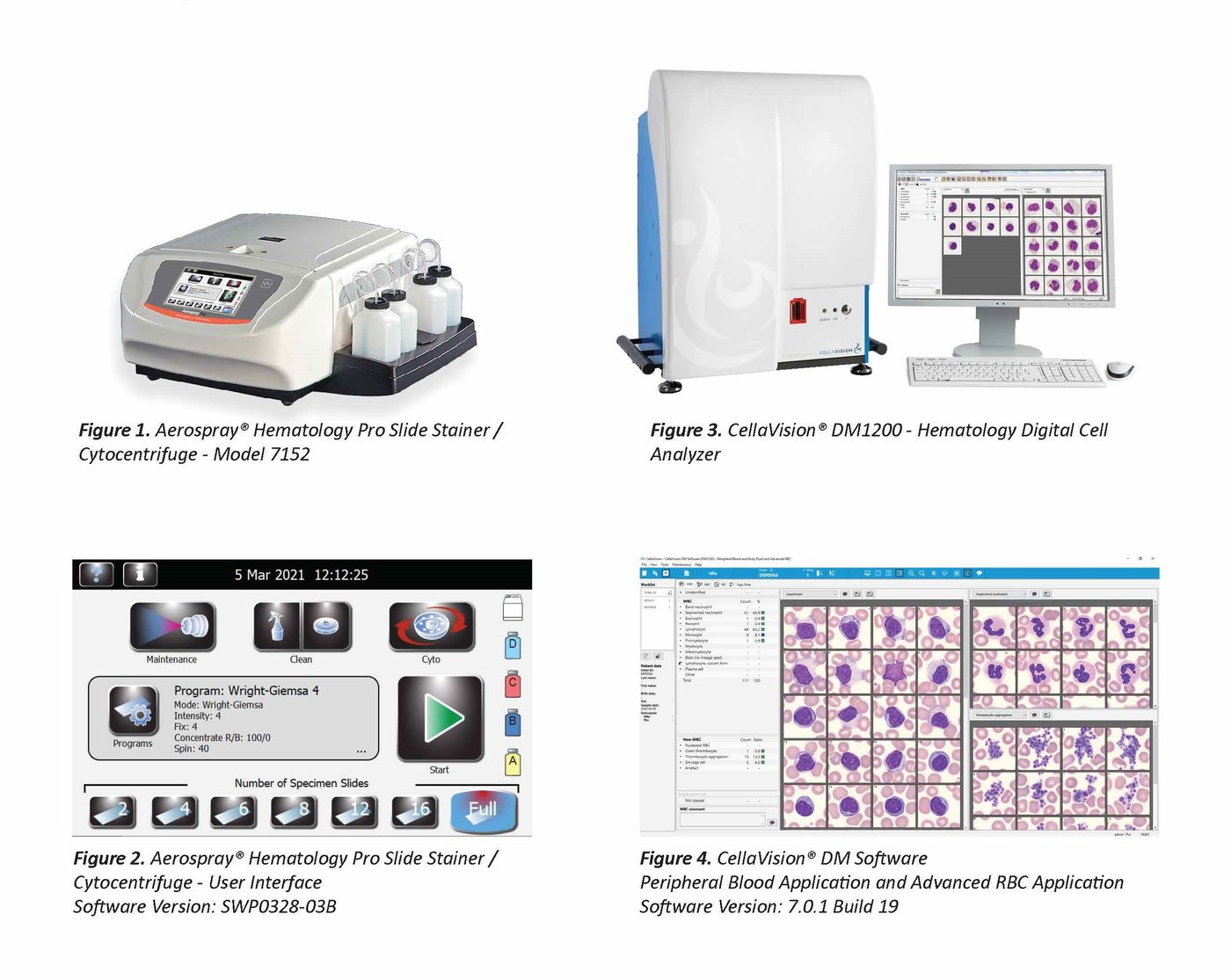 Testing Protocol
Testing Protocol
The Aerospray® Hematology Pro Slide Stainer and the CellaVision® DM1200 were installed according to recommended instructions. One hundred twenty-four (124) blood smear samples were prepared on individual glass microscope slides manually using the method outlined in Wintrobe’s Clinical Hematology:
To prepare a slide blood smear, a drop of blood is placed in the middle of a slide about 1 to 2 cm from one end. A second spreading slide is placed at a 30º to 45º angle and moved backward to make contact. The blood drop will spread along the slide edge, then the spreader slide is moved rapidly forward. This technique creates a film of blood that is 3 to 4 cm long.
Once the smears were prepared, they were loaded in the Aerospray 12- or 30-slide carousel, with the labeled end of the slide facing the center of the carousel. The carousel was then loaded into the Aerospray Hematology Pro Slide Stainer.
The slides in the carousel were stained in the Aerospray Hematology Pro Stainer in a batch. The Aerospray Hematology Slide Stainer was programmed for each batch using Rapid or Wright Giemsa stain settings adjusting for the following eight different test protocols:
- Fixation
- Intensity
- Red/Blue Ratio
- Spin
- End Rinse
- Carousel Size
- Partial vs. Full Carousel
- Fixative Type
After the slides were stained, the slides were loaded into the 12-slide magazine of the CellaVision DM1200. The magazine full of slides was loaded into the CellaVision DM1200. Each slide was then scanned by the CellaVision DM1200 and analyzed by the CellaVision Smear Checker. The stained cells on the slide were then classified by the instrument. Once the classification was complete by the on-board software each slide was manually reviewed by experienced laboratory personnel to determine the accuracy of the classification.
Results
Table 1 and 2 outline the results organized by which setting variable was being adjusted. The numbers in parenthesis represent which setting the variable was changed to. For example, in column i. fixation using the Rapid Stain Setting with 6.8 pH Buffer the fixation setting on the Aerospray stainer was adjusted between 1, 4 and 9 respectively; all of which resulted in a ≥95% correct classification of WBCs. This means that the CellaVision DM1200 software was able to correctly classify ≥95% on the first attempt without any user input while adjusting for these three setting variations.
All of the scenarios that resulted in a ≥95% correct classification by the CellaVision DM1200 software on the first analysis and then verified by an experienced laboratory personal are highlighted in green. These cases are considered to be satisfactory. The scenarios that were unsatisfactory and did not result in a first cell classification of ≥95% are highlighted in yellow. A vast majority of the stainer setting variation scenarios resulted in adequate automated classifications.
Conclusion
In conclusion the default stain settings, Rapid and Wright Giemsa on the Aerospray® Hematology Pro Slide Stainer, yield outstanding cell classification results on the CellaVision® DM1200. For those labs that wish to vary from the default settings, the variable stain settings still yield outstanding cell classification results on the CellaVision DM1200. This review of the compatibility of the two products together provides evidence that the two instruments paired together as a solution, provide for an outstanding workflow. The workflow becomes standardized and consistent leading to a clean, efficient, and smooth solution with excellent results. Furthermore, because of the standardization and efficiency that the instruments provide, the time it takes to go from sample to result is reduced.
